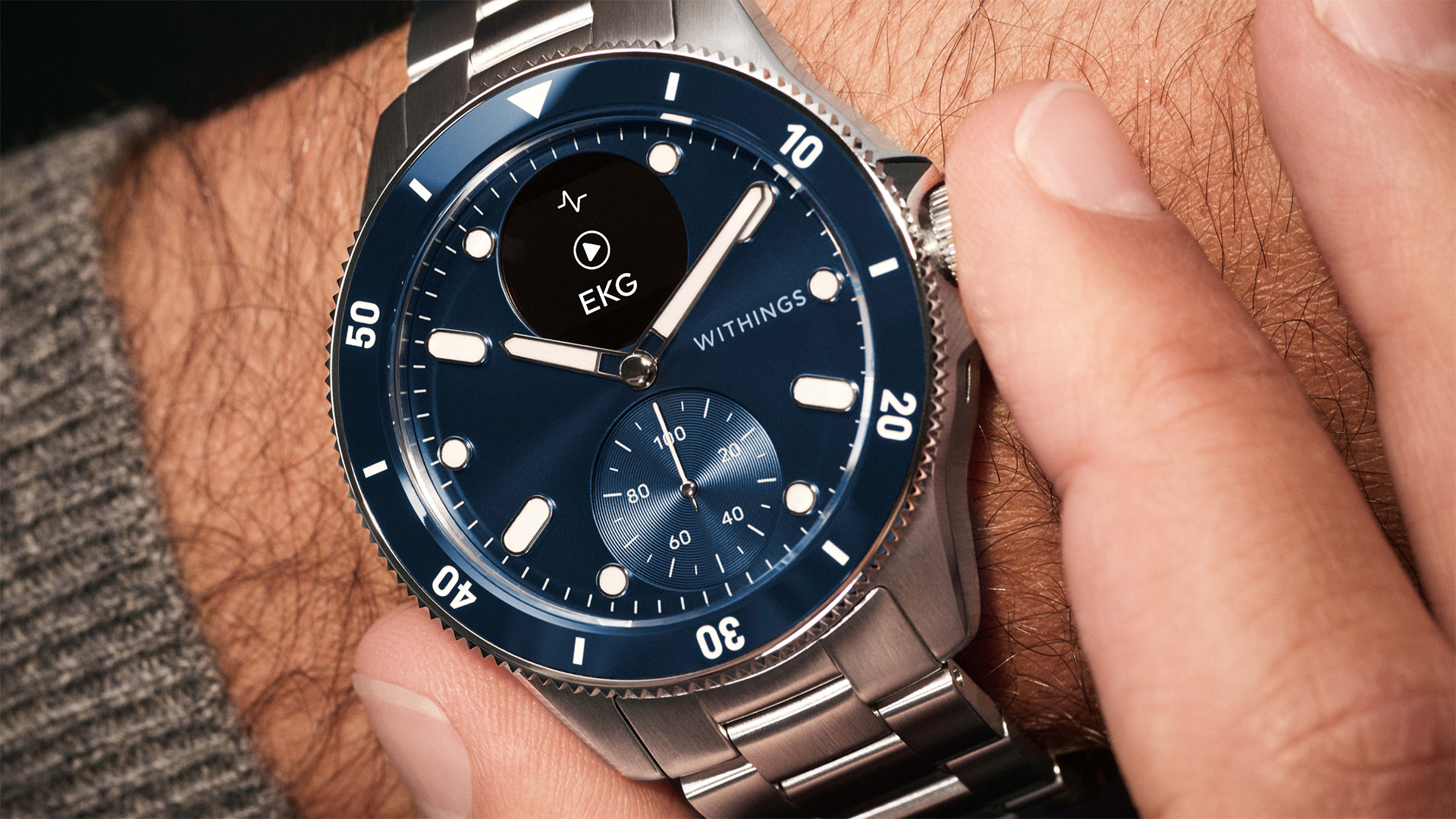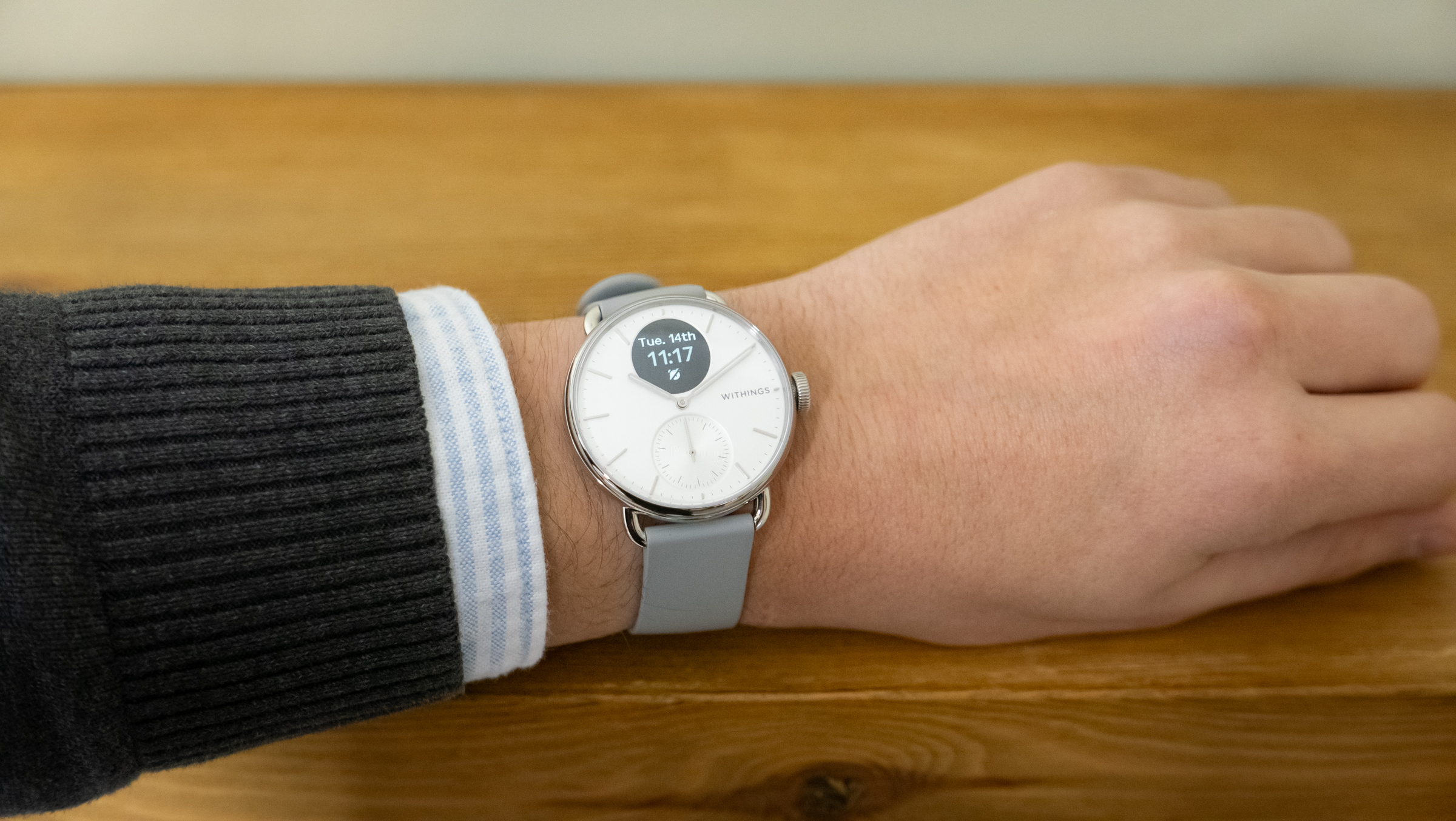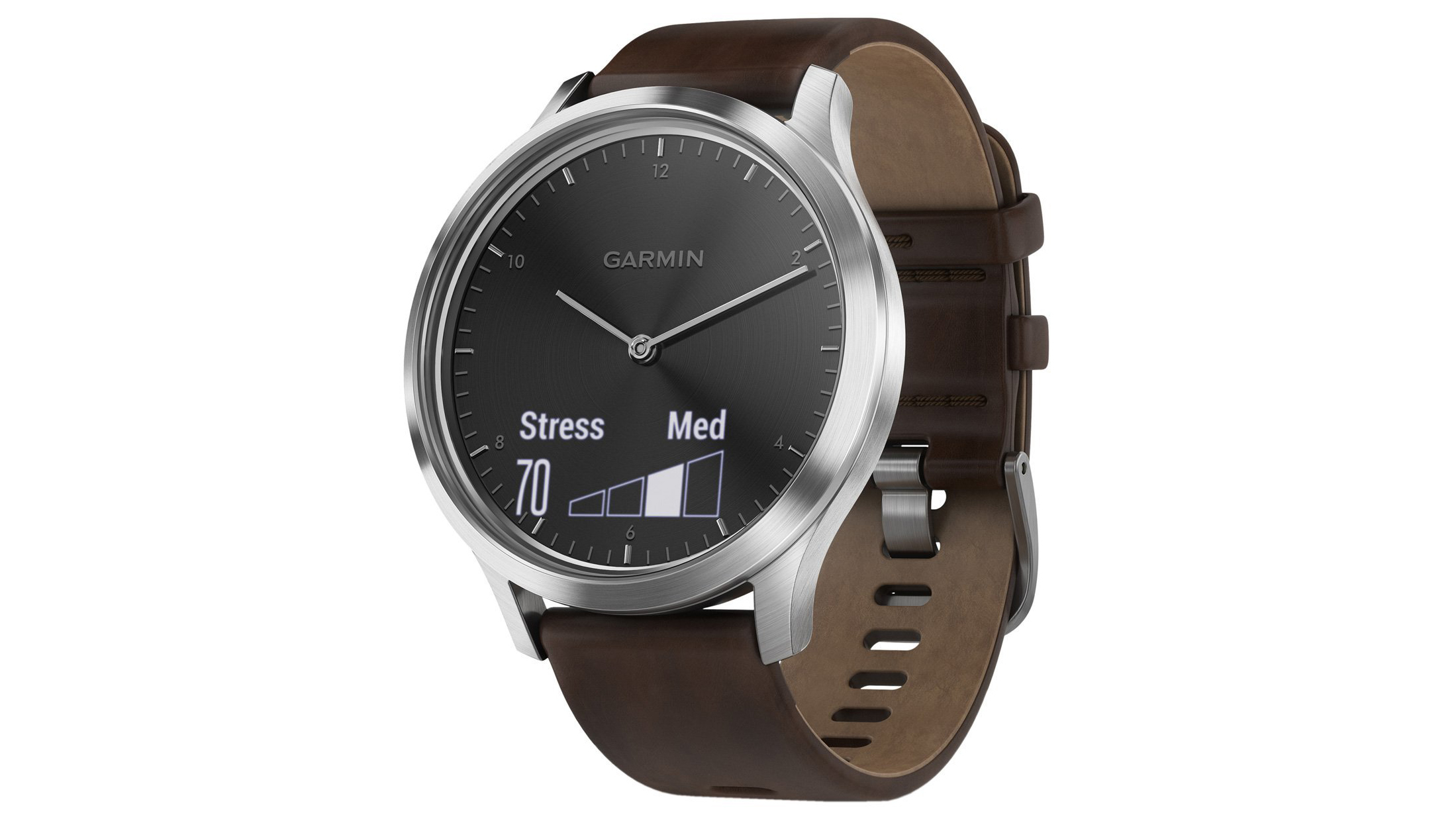8 mistakes everyone makes with hybrid smartwatches
How to avoid the most common pitfalls of hybrid watch ownership


What happens when someone who loves watches wants a wearable for tracking their health, exercise and sleep? They can opt for one of the best smart rings if they like, or they can look at buying a hybrid smartwatch.
Instead of acting as a touchscreen computer for the wrist, like many smartwatches do, hybrids retain much of the aesthetic of a regular, mechanical watch, while also tracking your vitals and discreetly serving up notifications.
Although their prices are broadly similar to the best smartwatches, buying a hybrid isn’t the work of a moment, and there are pitfalls any savvy shopper should aim to avoid. Here are eight of the most common mistakes you should swerve clear of when buying a hybrid watch.
1. Not taking them seriously
It’s easy to dismiss hybrid watches as inferior to any fully-blown smartwatch, but you may do so at your peril. Although some models look a lot like a simple mechanical watch, they often hide advanced health- and fitness-tracking capabilities.
These include logging your heart rate, exercise, sleep and general activity, but also the ability to record an ECG, track your baseline body temperature, provide estimates for your blood oxygen level, log overnight breathing disturbances and track monthly cycles. Some even have NFC technology for making contactless payments and are water resistant enough to swim with.
2. Expecting them to work like a smartwatch
All that said, hybrid watch buyers mustn't mistake them for smartwatches. Some of these wearables have no digital display at all, and instead rely on a sub-dial for showing basic information at a glance. Everything else, such as your daily steps and sleep data, is viewable in the hybrid watch’s companion smartphone app.
Many hybrid watches also can’t make and receive phone calls, as smartwatches can, and they are generally not capable of streaming music. Indeed, hybrid watches miss out on the 4G cellular connections of some smartwatches, and instead rely on a Bluetooth connection with your phone to get the most out of them. They also don’t have access to large catalogues of applications, as smartwatches like the Apple Watch Series 9 and Samsung Galaxy Watch 6 do.
Get all the latest news, reviews, deals and buying guides on gorgeous tech, home and active products from the T3 experts

3. Not trying before you buy
Like any wearable, you should try on a hybrid watch before you buy. Some models, like the Withings ScanWatch 2, are available in different sizes and there can be quite a noticeable difference between them, especially for people with particularly small or large wrists. For example, the Withings is available with case diameters of 38 mm and 42 mm, and the design of each also differs, so it’s worth trying both on to see which fits best and which style you prefer.
Despite their simpler technology, some hybrid watches really are quite large. For example, the beautiful Pininfarina Senso Hybrid has a case that measures 44 mm in diameter and is 16 mm thick, so won't be for everyone.
Another good reason to try before you buy is because hybrid watches are controlled in a few different ways. Whereas smartwatches are generally controlled by tapping and swiping at the touchscreen, hybrids mix things up with buttons and rotating crowns, while usually not having a touchscreen at all.
Check you’re comfortable with how your chosen hybrid is controlled, and also use the test drive as an opportunity to look at the different case designs and dial colours on offer. Remember, a smartwatch’s digital dial can be changed in the menu or phone app, but a hybrid’s physical dial cannot, so pick once and pick wisely.
4. Not realising how amazing the battery life can be
Battery life is one of the best reasons to go for a hybrid instead of a smartwatch. Whereas most smartwatches from the likes of Apple and Samsung need a battery top-up every day or so, hybrids can go an entire month between charges. That‘s because they often have no power-draining display, or feature only a small, monochrome screen as part of their dial, which only comes on when it’s needed and sips from the battery far more frugally than a full-colour, always-on touchscreen.
What’s more, because hybrids have small batteries, they generally take less time to recharge than a smartwatch.

5. Not getting creative with different straps
Replacement smartwatch straps are available, but because Apple uses a proprietary connection you can’t fit normal straps for its watch without lug bar adapters.
Hybrids, on the other hand (wrist?), tend to feature industry-standard lug bars that fit to any strap you like. Just check the strap width is right, as you would with any normal watch, and you’re good to go – just pop the lug bars off, remove the hybrid’s original strap, and fit whatever takes your fancy.
I’ve written before about the joys of swapping straps and bracelets on regular watches, and the same is true of hybrids, where fitting a new strap can completely transform the character of the watch.
6. Not setting up notifications properly
Notification overload is a very real problem with wearables of all shapes and sizes. When setting up your new hybrid, I strongly recommend you dive into the smartphone app and turn off all but the most important notifications.
Instagram post likes? Off. Constant WhatsApp group messages buzzing your wrist? Off. Dave the marketing executive wants you to join his professional network? Off, then off again just to be sure. It’s far easier to triage these on your smartphone, so save your watch’s notifications (and battery life) for things that really matter, like incoming calls, alarms and messages from a select few health and fitness apps.

7. Not doing your research
It’s a simple one and applies to most purchases, but doing your research when buying a hybrid watch is crucial. You shouldn’t expect this wearable to match the capabilities of an Apple Watch, but nor should you dismiss a hybrid as an inferior piece of technology. The health features of some hybrids are right up there with the best smartwatches, but some fall a fair way short and (albeit often for a lower price) put style over substance.
Be aware that some hybrids aren’t much more than a fashion watch with the ability to show your daily step count on a secondary dial, then ping that data to a simple app on your phone. Some hybrids absolutely put aesthetics first, and that’s fine, but you need to fully understand what the watch is capable of before committing to the purchase.
Similarly, there’s no need to splash out over £500 on an all-singing, all-dancing hybrid if all you need is a nice looking watch with a pedometer. If that’s you, I suggest you save hundreds and look at a stylish hybrid from Skagen instead.
8. Not embracing the wider ecosystem
This doesn’t apply to all hybrids, but some integrate tightly with products that form a wider health tech ecosystem. I’m a big fan of Withings and like how the company’s smart scales, sleep monitor, blood pressure monitors and hybrid watches all feed data into the company’s HealthMate app. This is the sort of health ecosystem even Apple and Samsung are yet to fully master, and is definitely something not to overlook when deciding on a hybrid smartwatch.
Alistair is a freelance automotive and technology journalist. He has bylines on esteemed sites such as the BBC, Forbes, TechRadar, and of best of all, T3, where he covers topics ranging from classic cars and men's lifestyle, to smart home technology, phones, electric cars, autonomy, Swiss watches, and much more besides. He is an experienced journalist, writing news, features, interviews and product reviews. If that didn't make him busy enough, he is also the co-host of the AutoChat podcast.
